Integration of Advanced Sensors
The integration of advanced sensors into smart textiles for military market is a pivotal driver. These textiles can monitor vital signs, environmental conditions, and even detect chemical agents. The ability to collect real-time data enhances situational awareness for military personnel, potentially improving decision-making processes. As the demand for enhanced operational efficiency grows, the market for smart textiles is projected to reach USD 5 billion by 2026. This integration not only supports individual soldier safety but also contributes to broader mission success, indicating a shift towards more technologically advanced military gear.
Enhanced Communication Capabilities
Enhanced communication capabilities represent a crucial driver in the smart textiles for military market. Textiles embedded with communication technology allow for seamless information exchange among troops. This capability is vital for coordinating operations and ensuring that soldiers remain connected in the field. The market is expected to witness a compound annual growth rate of 15% over the next five years, driven by the increasing need for real-time communication. As military operations become more complex, the demand for textiles that facilitate effective communication is likely to rise, underscoring the importance of innovation in this sector.
Increased Focus on Soldier Well-Being
The increased focus on soldier well-being is a significant driver in the smart textiles for military market. Textiles designed to monitor health metrics can provide critical insights into a soldier's physical condition, potentially preventing injuries and enhancing performance. The market for health-monitoring textiles is anticipated to grow substantially, with estimates suggesting a value of USD 3 billion by 2025. This focus on well-being aligns with broader military objectives to maintain troop readiness and effectiveness, indicating a shift towards more holistic approaches in military gear design.
Demand for Lightweight and Flexible Materials
The demand for lightweight and flexible materials is a driving force in the smart textiles for military market. As military operations often require mobility and agility, textiles that offer both protection and comfort are increasingly sought after. Innovations in material science have led to the development of fabrics that are not only durable but also lightweight, enhancing soldier performance. The market for such materials is projected to expand, with a potential increase in adoption rates among military forces. This trend suggests a growing recognition of the importance of material properties in military applications.
Sustainability Initiatives in Military Procurement
Sustainability initiatives in military procurement are emerging as a key driver in the smart textiles for military market. As environmental concerns gain prominence, military organizations are increasingly seeking eco-friendly materials for their gear. This shift is likely to influence procurement strategies, with a focus on textiles that minimize environmental impact. The market for sustainable smart textiles is expected to grow, reflecting a broader commitment to responsible sourcing and production practices. This trend not only aligns with global sustainability goals but also enhances the reputation of military organizations as stewards of environmental responsibility.
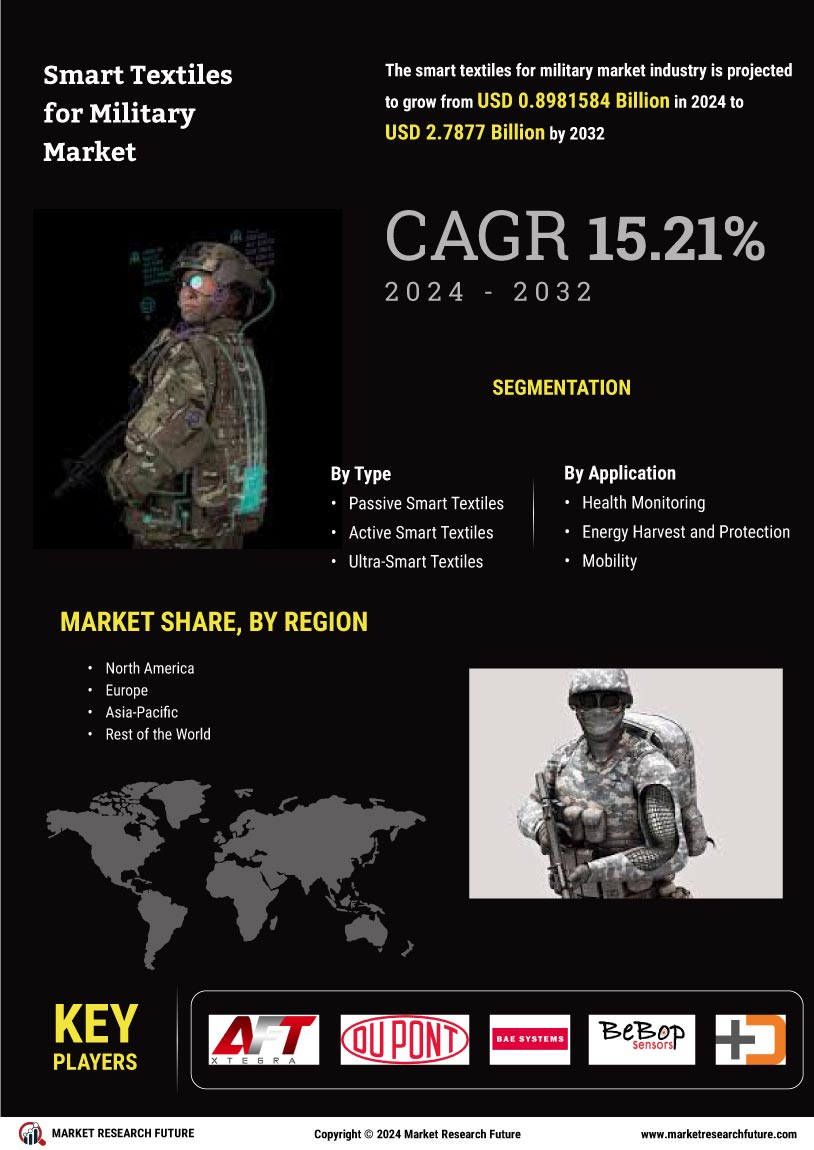

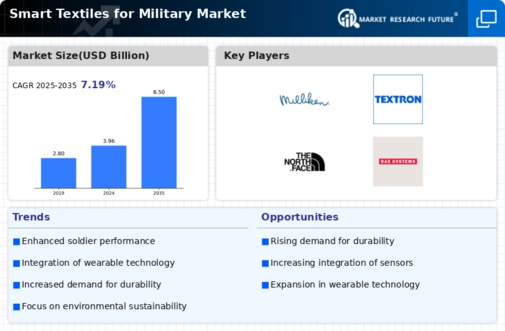
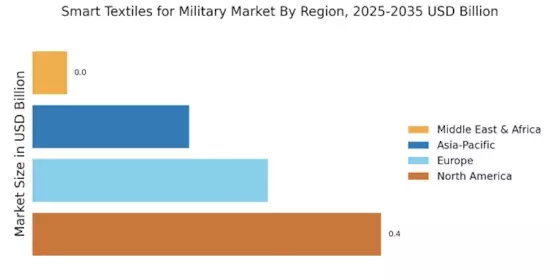


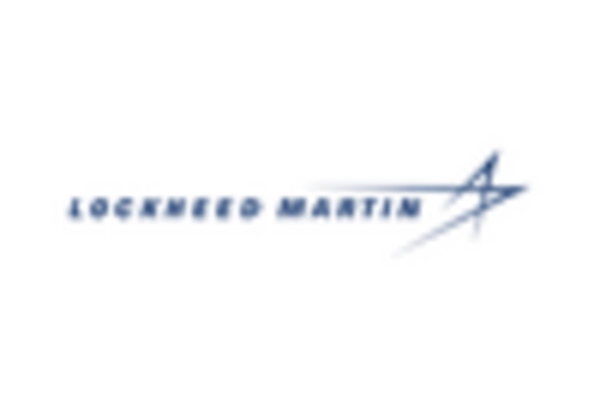
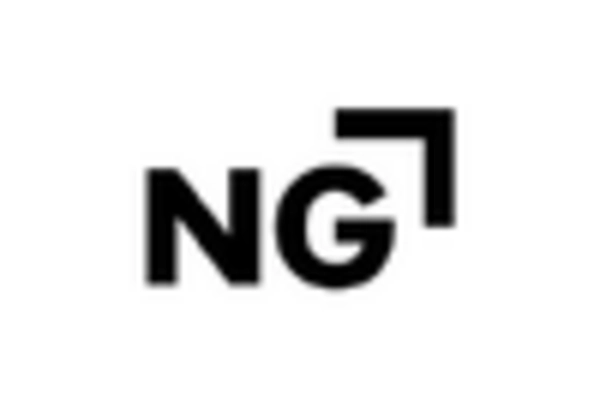
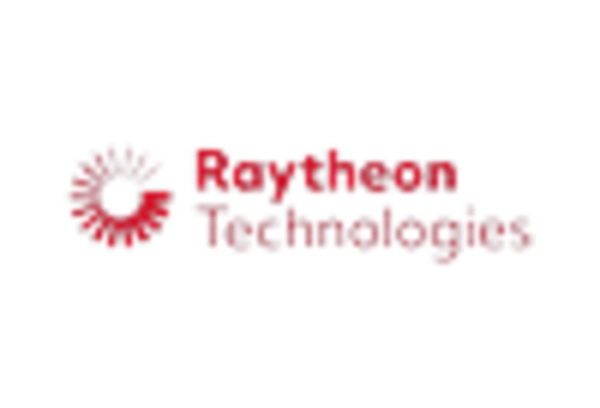
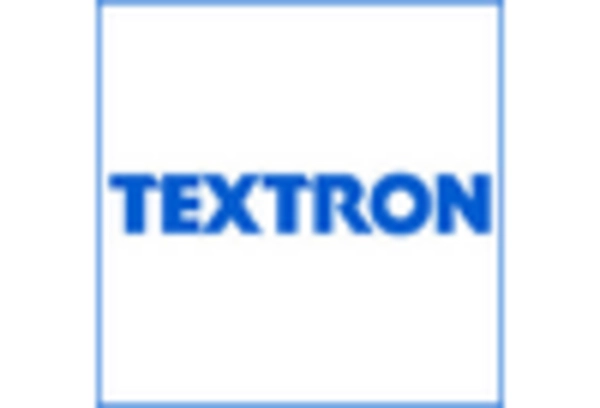








Leave a Comment